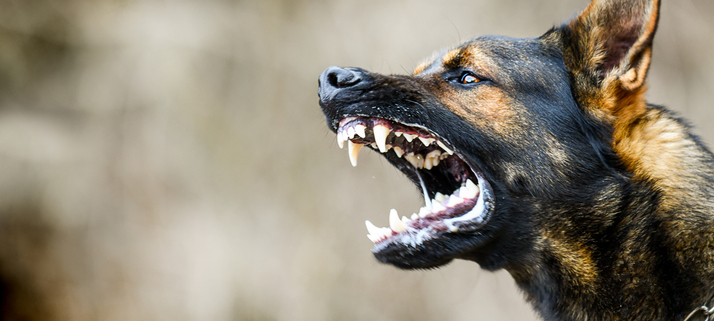Guarding Against the Silent Threat: Understanding the Dangers of Rabies in Dogs
Rabies remains one of the most feared and deadly diseases that can
affect dogs and other mammals. This viral infection attacks the
central nervous system, leading to severe neurological symptoms and,
ultimately, death if left untreated. Rabies is primarily transmitted
through the bite of an infected animal, with wild animals like bats,
raccoons, skunks, and foxes being common carriers. However, domestic
animals, including dogs, can also contract and spread the disease.
The dangers of rabies extend beyond the infected animal itself, as the
virus is zoonotic, meaning it can be transmitted to humans through a
bite or scratch from an infected animal. Once symptoms of rabies
appear, the disease is almost always fatal, emphasizing the importance
of prevention and timely intervention. Vaccination against rabies is
the most effective way to protect dogs and humans alike from this
deadly virus. Most regions have laws mandating rabies vaccinations for
dogs, underscoring the seriousness of the threat and the
responsibility of pet owners to ensure their dogs are up to date on
their vaccinations.
Recognizing the signs of rabies in dogs is crucial for early detection
and intervention. Symptoms may vary but can include behavioral
changes, aggression, excessive salivation, difficulty swallowing, and
paralysis. If you suspect your dog has been exposed to rabies or is
displaying symptoms of the disease, seek veterinary care immediately.
Additionally, practicing responsible pet ownership, such as avoiding
contact with wild animals, securely containing pets indoors or in
fenced yards, and vaccinating against rabies, is essential for
protecting both pets and humans from this deadly threat. By staying
informed and proactive, we can work together to prevent the spread of
rabies and ensure the safety and well-being of our beloved canine
companions.



